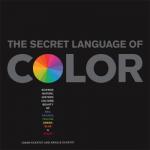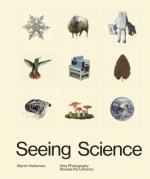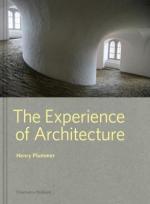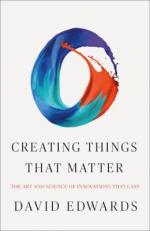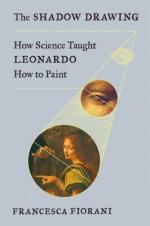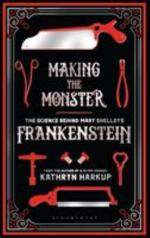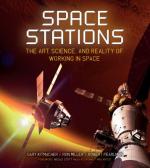May 17, 2021 | strande
Art and science seem so different, but they actual meet, overlap, and inform each other in many different areas. Try one of these book suggestions to see how creativity and scientific methods go hand in hand.
The Secret Language of Color imparts a beautiful and thorough investigation into the nature of color, such as how and why we see color, rainbows, animals with color vision far superior and inferior to our own, how our language influences the colors we see, and much more.
Photography and science have long been intertwined, helping to shape the way we look at the world. Scientists use photography as a way to gather information, explore, and learn, but just as important, photography is also used to promote scientific advances and has long served as an interface between the sciences and the public.
This book aims to understand how everyday acts are influenced by architectural form. From hand-carved stairs in Greek villages to free-floating catwalks, from the elegant processional steps of Renaissance Italy to Frank Lloyd Wright's masterly manipulation of form, all provide very different experiences of stepping from one level to the next, and all affect our experience of that space.
Whether depicting humans battling aliens or a brave geologist saving lives as a volcano erupts, science-fiction films are an exciting visual and sensuous introduction to the workings of science and technology. These films explore a range of complex topics in vivid and accessible ways, from space travel and laser technology to genetic engineering, global warming, and the consequences of nuclear weaponry.
Art and science are famous opposites. Contemporary innovation mostly keeps them far apart. But in this book, David Edwards reveals that the secret to creating very new things of lasting benefit, including innovations we will need to sustain human life on the planet, lies in perceiving art and science as one.
Was da Vinci an artist or a scientist? Taking a fresh look, Fiorani argues that Leonardo became familiar with advanced thinking about human vision when he was still an apprentice in a Florence studio--and used his understanding of optical science to develop and perfect his painting techniques.
Making the Monster explores the science behind Shelley's book. From tales of reanimated zombie kittens to electrical experiments on human cadavers, Kathryn Harkup examines the science and scientists that influenced Mary Shelley and inspired her most famous creation, Victor Frankenstein.
A rich visual history of real and fictional space stations, illustrating pop culture's influence on the development of actual space stations and vice versa.
Weller uses her scientific background to explain the whys and hows of baking, so home cooks can achieve perfect results every time.

